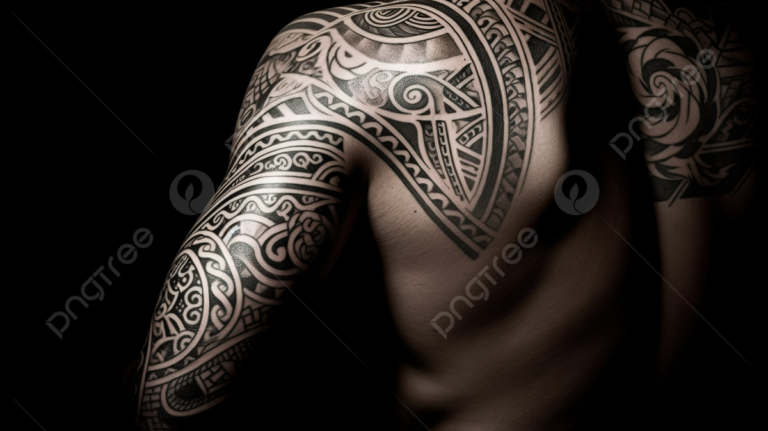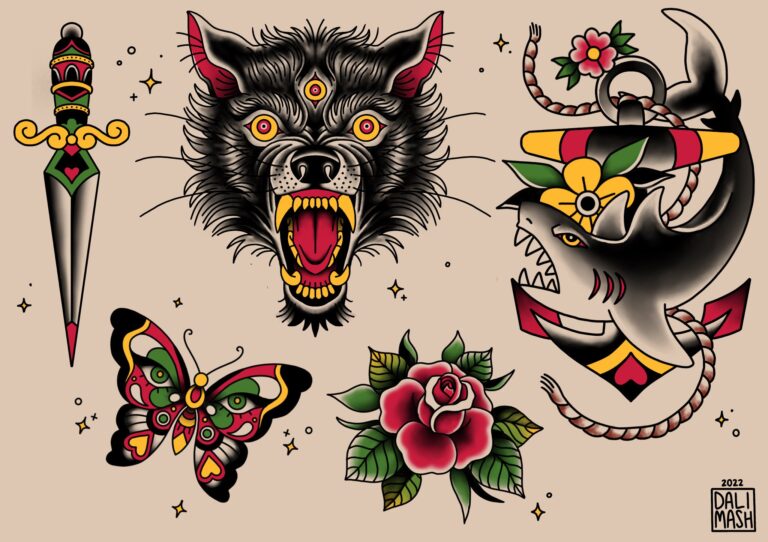Introduction
Tattoos once considered a symbol of rebellion or subculture, have evolved into a global phenomenon, transcending cultural boundaries and societal norms. But have you ever wondered where tattoos originated and just how ancient this art form truly is? In this article, we’ll delve into the fascinating history of tattoos, tracing their origins back thousands of years and discovering some of the oldest tattoos ever found.
Tattoos Through the Ages
Tattooing is an ancient practice that can be traced back to various cultures across the globe. While it’s challenging to pinpoint the exact moment when tattoos first emerged, evidence of tattooed individuals has been discovered in some of the world’s oldest civilizations.
1. Ancient Egypt (2000 BCE)
One of the earliest recorded instances of tattooing can be found in ancient Egypt around 2000 BCE. Archaeologists have unearthed mummies with remarkably preserved tattoos on their bodies. These tattoos typically consisted of dots and lines and were believed to have therapeutic and religious significance. Tattoos adorned both men and women and were often associated with protecting the wearer in the afterlife.
2. Oetzi the Iceman (circa 3300 BCE)
In 1991, a remarkable discovery was made in the Alps near the border of Austria and Italy. A naturally mummified man, now known as Oetzi the Iceman, was found, and he dates back to approximately 3300 BCE. Oetzi’s body was adorned with several tattoos, including simple geometric patterns and lines. These tattoos were strategically placed near joints and along the spine, suggesting that they may have been used for therapeutic purposes, possibly to alleviate pain or aid in healing.
3. Indigenous Cultures
Tattooing has a long history among indigenous cultures in various parts of the world, including Polynesia, New Zealand (Maori), and indigenous North and South American tribes. These cultures often used tattoos as a rite of passage, a means of social identification, or to convey spiritual and cultural significance. The techniques and designs of these tattoos are diverse and reflect the unique traditions of each culture.
4. Asia
Tattooing has a rich history in Asia, with evidence of its practice dating back thousands of years. In Japan, traditional Irezumi tattoos have been around for centuries and are deeply rooted in Japanese culture and folklore. In Southeast Asia, particularly in Thailand, Sak Yant tattoos have been used for spiritual protection and blessings for generations.
Conclusion
Tattooing is an ancient art form that has been practiced for millennia, transcending time and cultural barriers. From the early Egyptians to indigenous tribes across the world, tattoos have held various meanings and significance throughout history. The oldest tattoos discovered on mummies and ancient remains offer us a glimpse into the past, shedding light on the enduring and deeply rooted human desire to adorn the body with meaningful ink.
As tattoo culture continues to thrive and evolve in the modern world, it’s essential to recognize and appreciate its rich history, acknowledging the countless generations that have contributed to the art of tattooing. Whether for cultural, spiritual, or personal reasons, tattoos remain a powerful form of self-expression and an enduring testament to the artistry of the human spirit.




